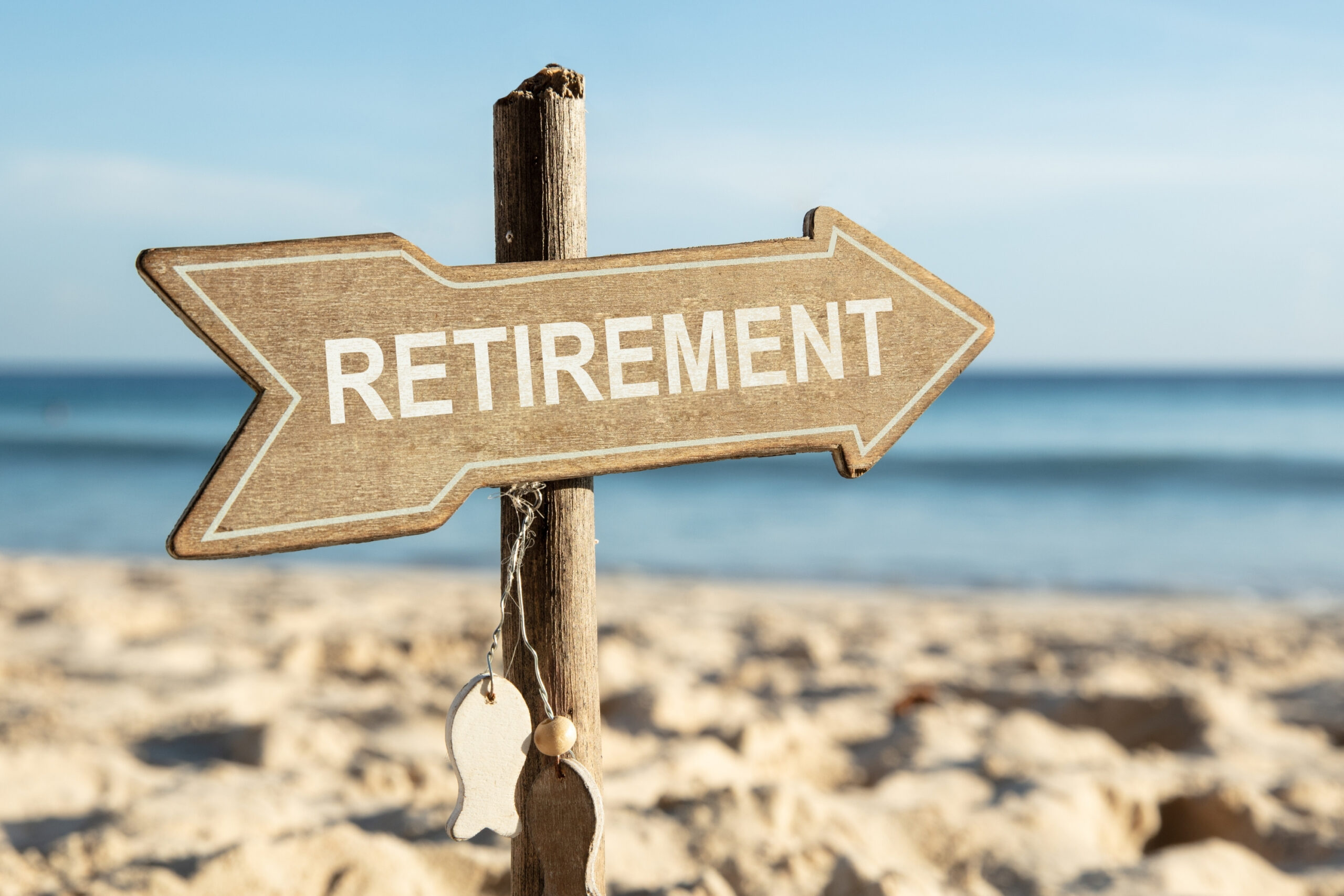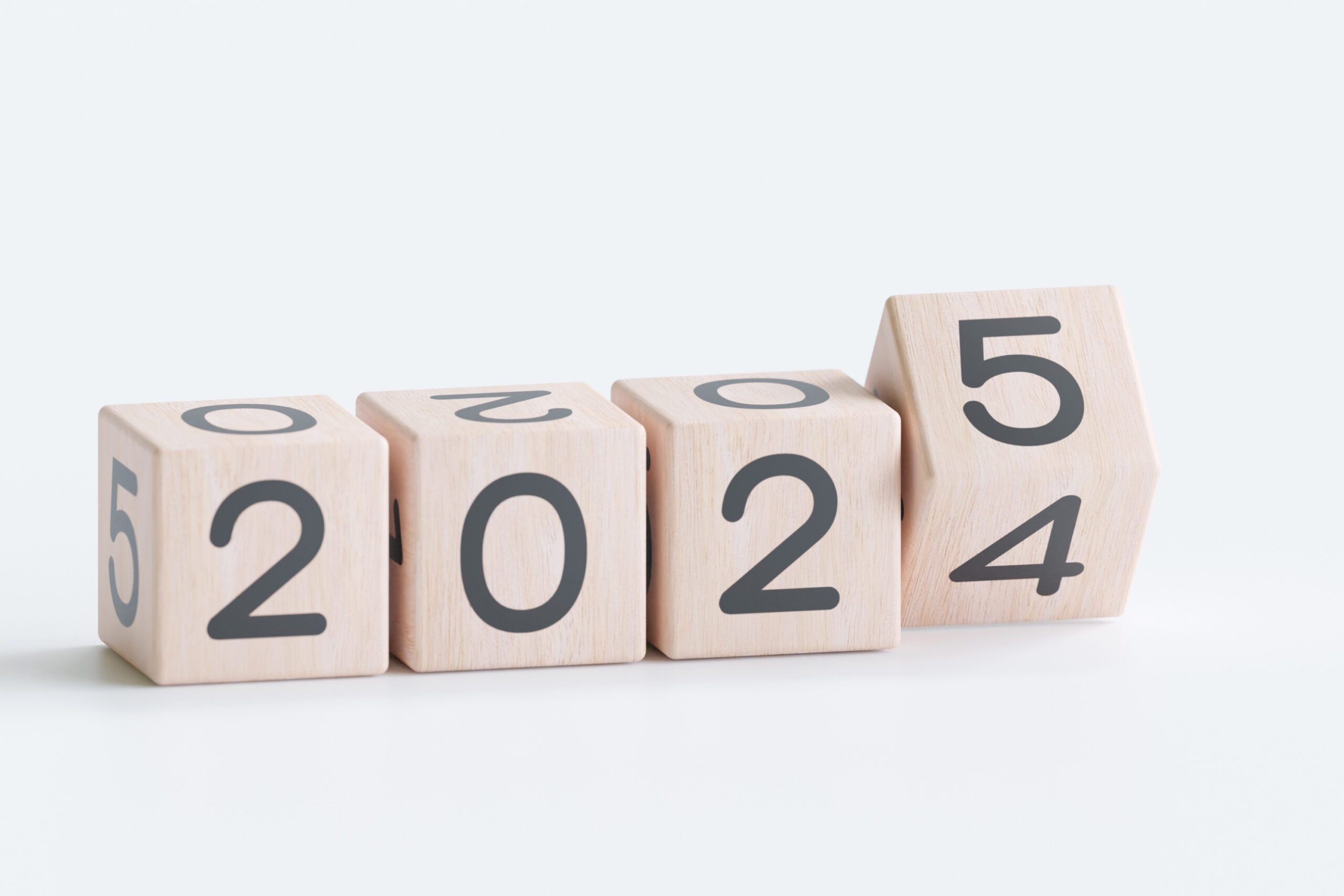Written by David Rosbotham DipPFS | Financial Planner
Over the past 24 months, we’ve seen a significant increase in inquiries from expatriates in Switzerland exploring phased or early retirement. Many others are facing unexpected transitions, such as redundancy – particularly before age 58 – which can have major implications for pension planning.
Redundancy Before Age 58: What It Means for Your Swiss Pension
If you’re made redundant before the age of 58, your options from Swiss pension schemes become significantly limited. For most people, a lump sum withdrawal is the only available option.
While this may be the most tax-efficient solution, it often raises several concerns:
-
What happens if markets fall just after withdrawal?
-
Am I ready to manage a large investment myself?
-
How do I generate regular income from a lump sum?
Many clients do not have significant prior investment experience or lack confidence to manage their whole pension as a single investment pot – and understandably so.
Can You Rely on Passive Investing in Retirement?
Many online influencers promote passive, low-cost index investing – like the S&P 500 – as a universal solution. While this can work well during your accumulation stage (your working and saving years), it becomes problematic in retirement, which is the decumulation stage.
What Is the Accumulation Stage?
Definition: The accumulation stage is the early to mid-career phase where you are:
-
Working and saving regularly
-
Contributing to retirement accounts (e.g., Swiss 2nd and 3rd pillars)
-
Investing in company share plans, ETFs, or private equity
Objective: Grow your wealth and maximse long-term returns.
Income Source: Active employment, salary, and bonuses.
During this stage, you have:
-
Time on your side
-
A higher tolerance for risk
-
Flexibility to ride out market downturns
Transitioning to the Decumulation Stage
When you retire – either partially or fully – your financial priorities change. You move into the decumulation stage.
What Is the Decumulation Stage?
Definition: The decumulation stage is the period in which you begin withdrawing from your retirement savings to support your lifestyle.
Objective: Preserve capital and ensure sustainable, long-term income.
Income Source:
-
Pension payments
-
Social security
-
Investment withdrawals
Key Financial Behaviour Changes:
-
From aggressive investing to capital preservation
-
From accumulation to drawdown and income planning
-
Lower tolerance for market risk and volatility
Key Differences Between Accumulation and Decumulation:
| Feature | Accumulation Stage | Decumulation Stage |
|---|---|---|
| Objective | Build Wealth | Maintain & Withdraw Wealth |
| Main Income | Salary / Bonus | Pension / Portfolio |
| Investment Style | Growth-Oriented | Conservative / Balanced |
| Risk Tolerance | High | Moderate to Low |
| Key Focus | Saving & Investing | Cash Flow & Sustainability |
The Problem with Passive Investing in Retirement
While passive ETF investing works well during accumulation, it can be risky during decumulation – especially without a drawdown plan.
Take the S&P 500, for example:
-
It’s 100% equities – meaning it’s highly volatile.
-
It’s denominated in US Dollars, which introduces currency risk for CHF-based investors.
-
It has a 10/10 risk profile, inappropriate for many retirees.
If your retirement plan involves regularly withdrawing income, a 20% market drop can be devastating – particularly if it happens early in retirement.
Sequence of Returns Risk: An Example
Let’s say a retiree has CHF 1 million and plans to withdraw CHF 50,000 annually (5%).
Now imagine a 15% market correction in year one.
| Scenario | Value |
|---|---|
| Starting Value | CHF 1,000,000 |
| Market Loss (15%) | -CHF 150,000 |
| New Portfolio Value | CHF 850,000 |
| Withdrawal (Year 1) | -CHF 50,000 |
| End-of-Year Balance | CHF 800,000 |
That’s CHF 200,000 less than where they started – and this doesn’t even account for future withdrawals or inflation. The impact of this early loss compounds over time and can permanently reduce retirement income – a significant reduction like this, may never fully recover, especially with ongoing withdrawals.This is known as sequence-of-returns risk.
Why the 4% or 5% Rule Is Oversimplified
You’ll often read online that withdrawing 4% or 5% annually from your retirement investments will be ‘safe’. While this rule of thumb can provide a general framework, it doesn’t factor in:
-
Early retirement
-
Market downturns
-
Tax liabilities
-
Currency exposure
-
Inflation
-
Unexpected life costs
Without proper planning, you could run out of money earlier than expected – especially if your portfolio isn’t built to handle the drawdown phase.
What Is a Retirement Drawdown Strategy?
A retirement drawdown strategy is a financial plan that defines:
-
How and when to withdraw funds
-
How much income you need each year
-
How to minimise taxes and market risk
Instead of converting your pension into an annuity, you remain invested and draw income as needed, typically monthly or annually.
Key Features:
-
Flexible withdrawals
-
Greater control over capital
-
Ability to adjust for market conditions
-
Potential to leave a legacy for family
However, without a solid strategy, retirees can overdraw, panic sell, or fail to diversify properly, especially during market volatility.
Information Overload & Financial Advice Online
Public figures like Ramit Sethi offer excellent personal finance guidance for the accumulation stage — such as:
-
Building savings habits
-
Investing in low-cost index funds
-
Understanding your relationship with money
However, his advice doesn’t always translate well into retirement planning. Once you move into the decumulation stage, the financial landscape becomes more complex.
We often see that as retirement portfolios grow in size, clients’ willingness to take on risk diminishes. Many simply cannot stomach large losses, and some end up selling during market crashes because they were in the wrong risk profile from the start.
Final Thoughts: Don’t Go It Alone
Understanding the shift from accumulation to decumulation is essential for sustainable retirement planning. While passive investing may work in early life, your retirement strategy must:
-
Manage risk exposure
-
Provide reliable income
-
Adjust for taxes and market shifts
-
Address real-life volatility
Have You Thought About Your Drawdown Strategy?
Retirement planning is one of the most rewarding parts of my work. If you’re an expat living in Switzerland and nearing retirement – or navigating redundancy – and you’re unsure:
-
What pension assets to access
-
How to manage a lump sum
-
Whether your current portfolio suits your risk tolerance
-
Or when and how to start income withdrawals
Then let’s have a conversation.
As a fee-based financial planner, I offer impartial, strategic advice to help you take control of your retirement and feel confident about the road ahead. Get in touch today to book a complimentary introductory meeting or learn more about our approach.











